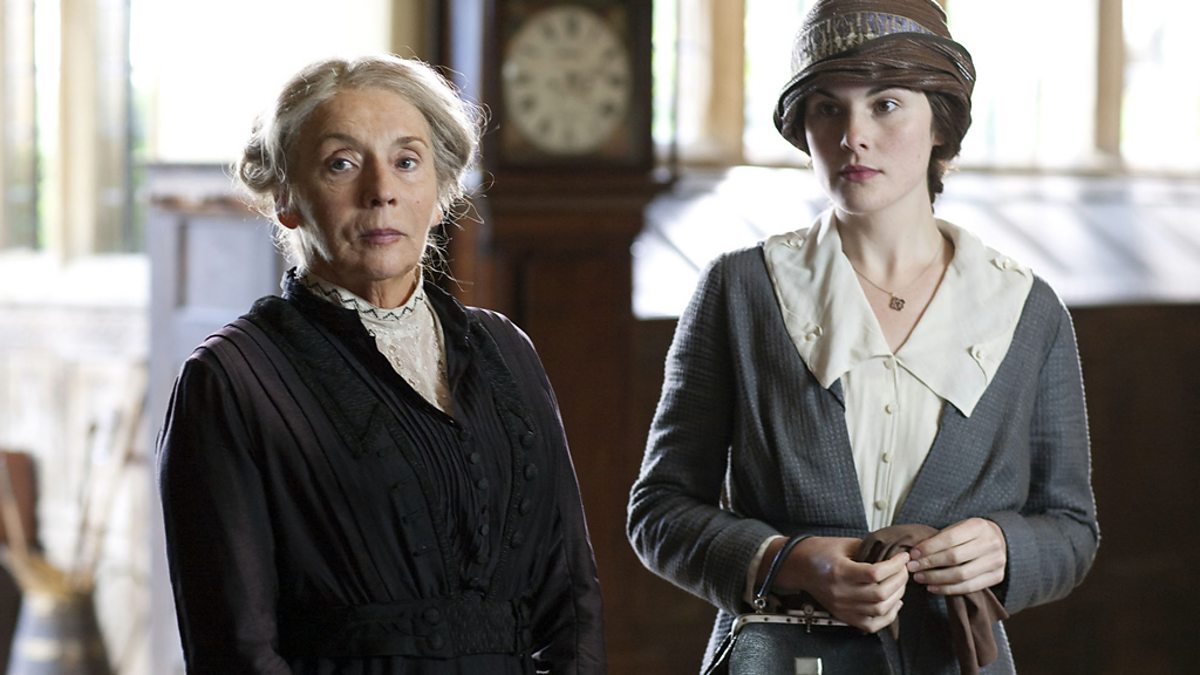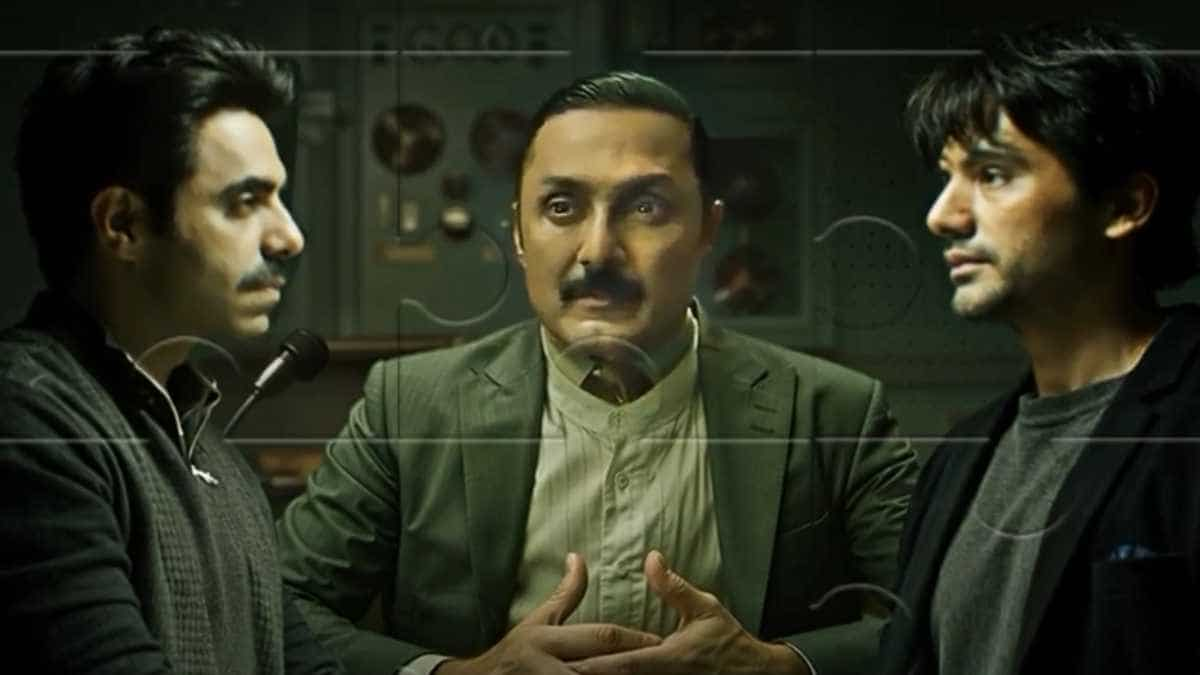A Chilling Descent into Psychological Horror
The Turn of the Screw is a 2009 British television film adaptation of Henry James's classic 1898 novella. Directed by Tim Fywell and starring Michelle Dockery as the young governess Ann, this version reimagines the original ghost story with a fresh psychological angle while staying rooted in its Gothic traditions. Set in Edwardian England rather than the Victorian era, the film adds contemporary relevance while preserving the haunting atmosphere and underlying ambiguity that have made the story endure for over a century.
The narrative follows Ann, a young woman hired to care for two orphaned children, Flora and Miles, at a remote country estate called Bly. As she arrives, she is struck by the beauty of the house and the charm of the children. However, unsettling events begin to occur. Ann sees mysterious figures on the grounds and in the windows of the house, figures no one else acknowledges. She comes to believe that the estate is haunted by the ghosts of two former employees, Peter Quint and Miss Jessel, who had a disturbing relationship before their tragic deaths.

The film unfolds as a psychological puzzle. Are the ghosts real or are they the manifestations of Ann’s troubled mind This question drives the tension and horror of the film. In a creative departure from the novella, the 2009 version frames the story through sessions between Ann and a psychiatrist at a mental asylum. These scenes add a modern psychological dimension, making the audience question whether Ann’s perceptions are genuine supernatural experiences or delusions caused by trauma and repression.
Michelle Dockery gives a compelling performance as Ann. She portrays her with a delicate mix of innocence, intensity, and growing instability. As the story progresses, Ann becomes more consumed by her fear and obsession with protecting the children from what she believes are malevolent spirits. The transformation is subtle but unsettling, drawing viewers into her descent. The children, played by Josef Lindsay and Eva Sayer, deliver eerily mature performances that add to the sense of unease and ambiguity.

The visual design of the film plays a crucial role in establishing its mood. The cinematography uses muted tones, soft focus, and shadowy interiors to create a sense of dread and isolation. The expansive but decaying mansion becomes a character in its own right, beautiful yet filled with dark corners and unspoken secrets. The sound design enhances the experience with whispers, echoes, and silences that make the tension nearly unbearable at times.
The Turn of the Screw remains one of the finest examples of a ghost story that relies more on psychological tension than on jump scares or graphic horror. This 2009 adaptation continues that tradition by delving deeply into the inner world of its protagonist while leaving viewers uncertain about what is real. It is a film that lingers long after the credits, inviting multiple interpretations and discussions.
For fans of Gothic fiction and cerebral horror, The Turn of the Screw offers a deeply unsettling yet intellectually satisfying experience, one that blurs the line between the supernatural and the psychological in haunting fashion.



